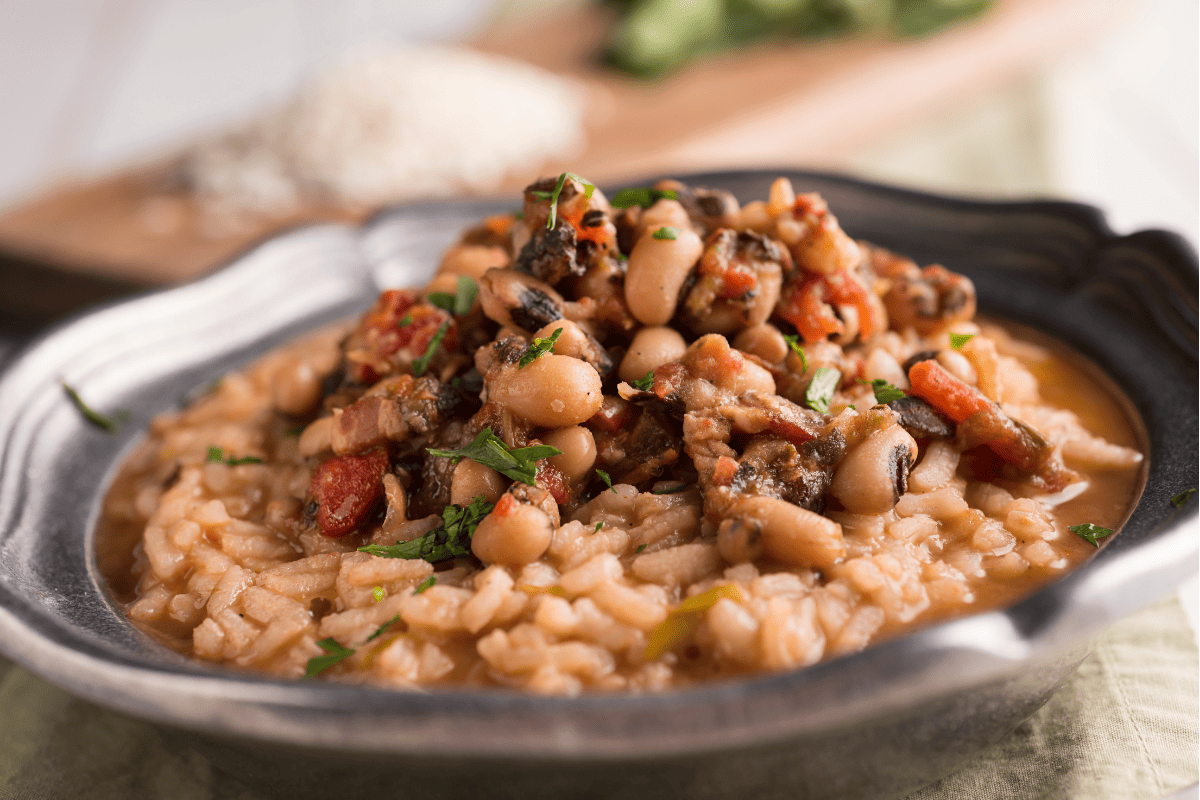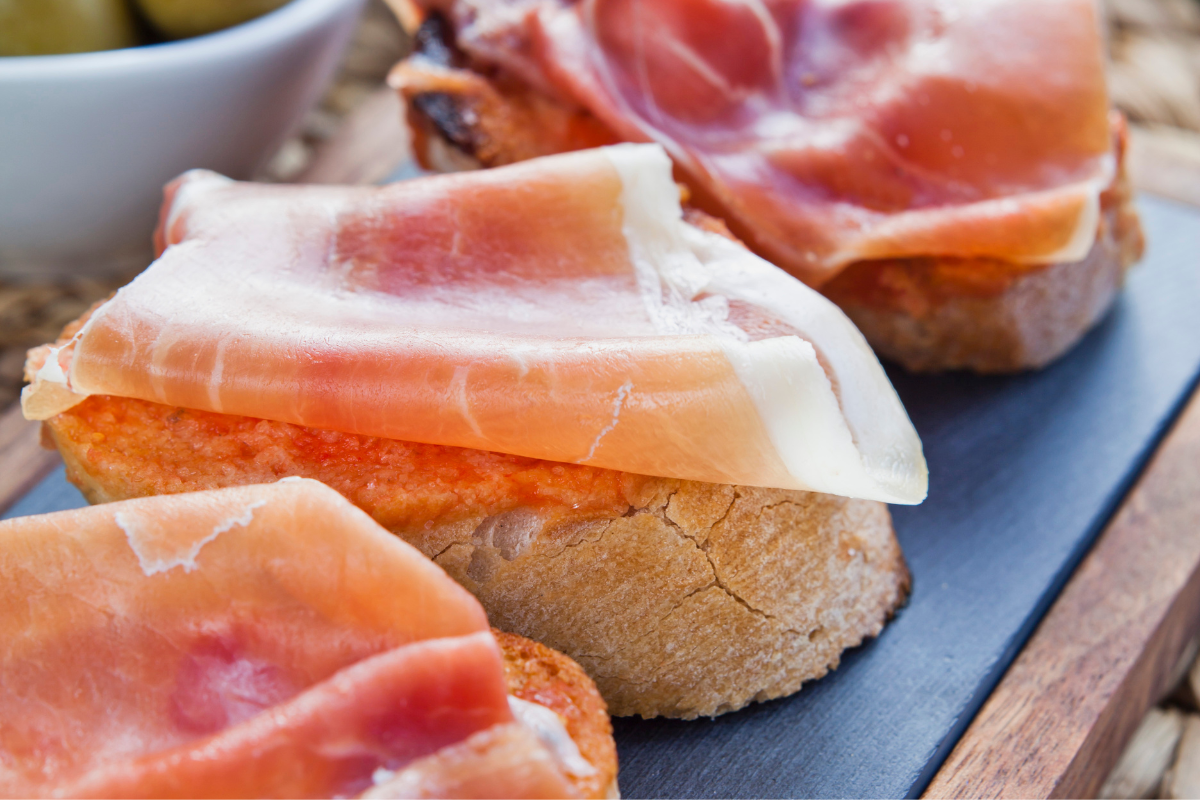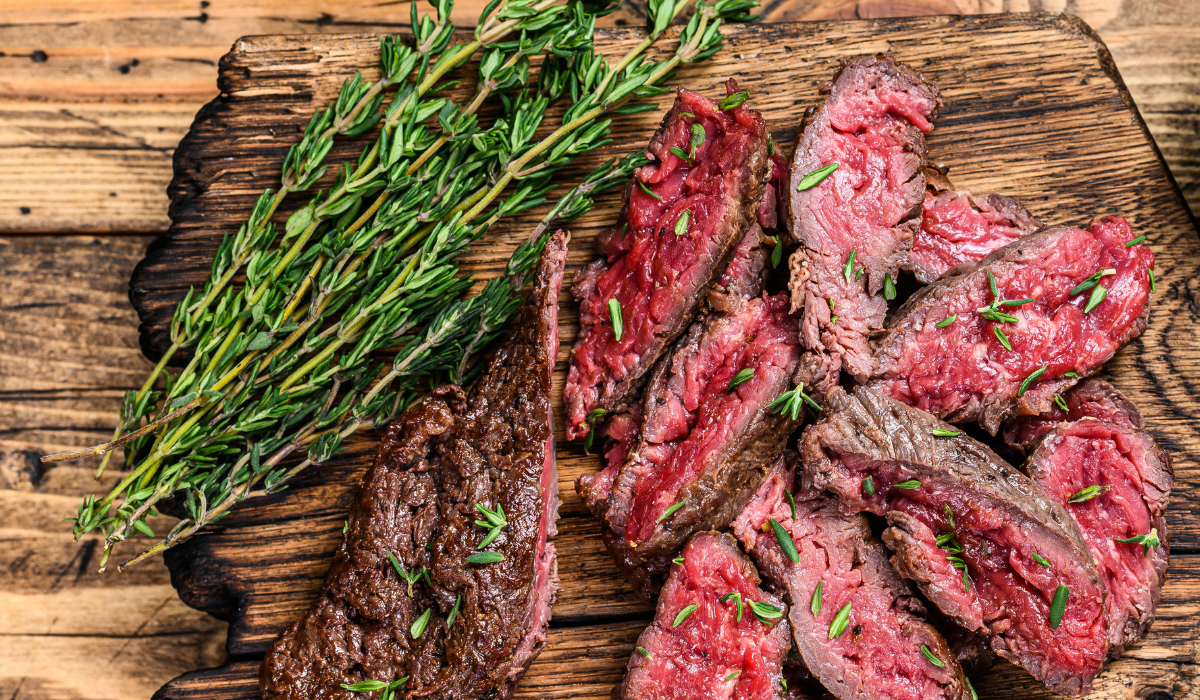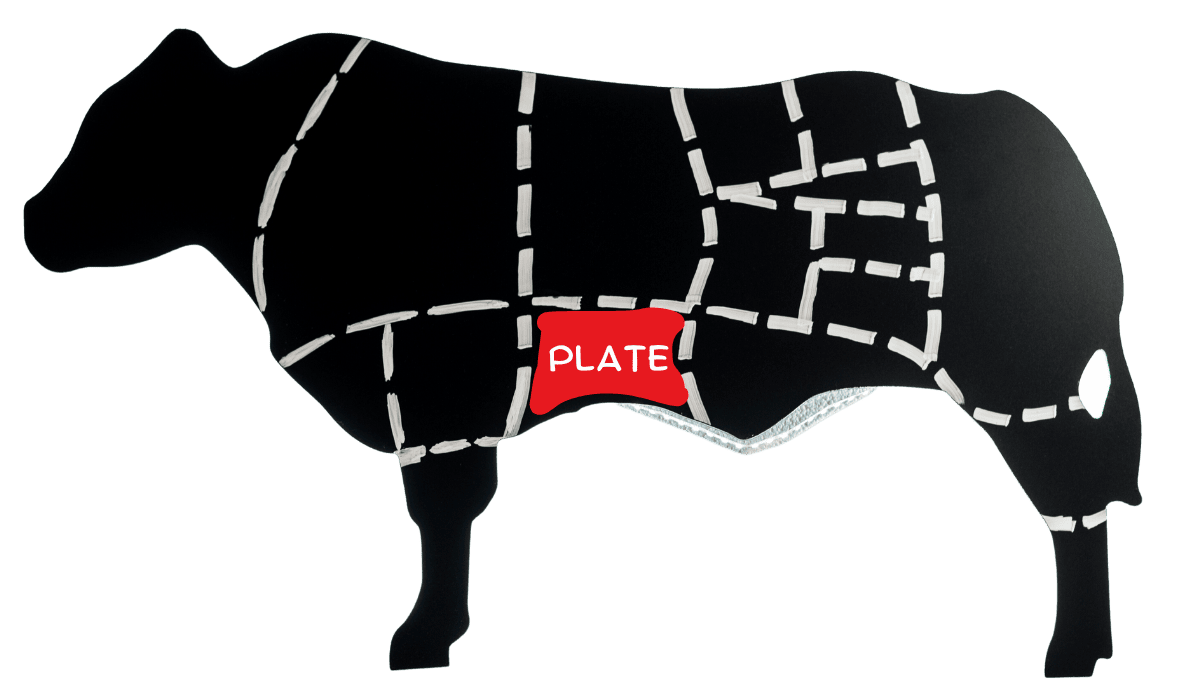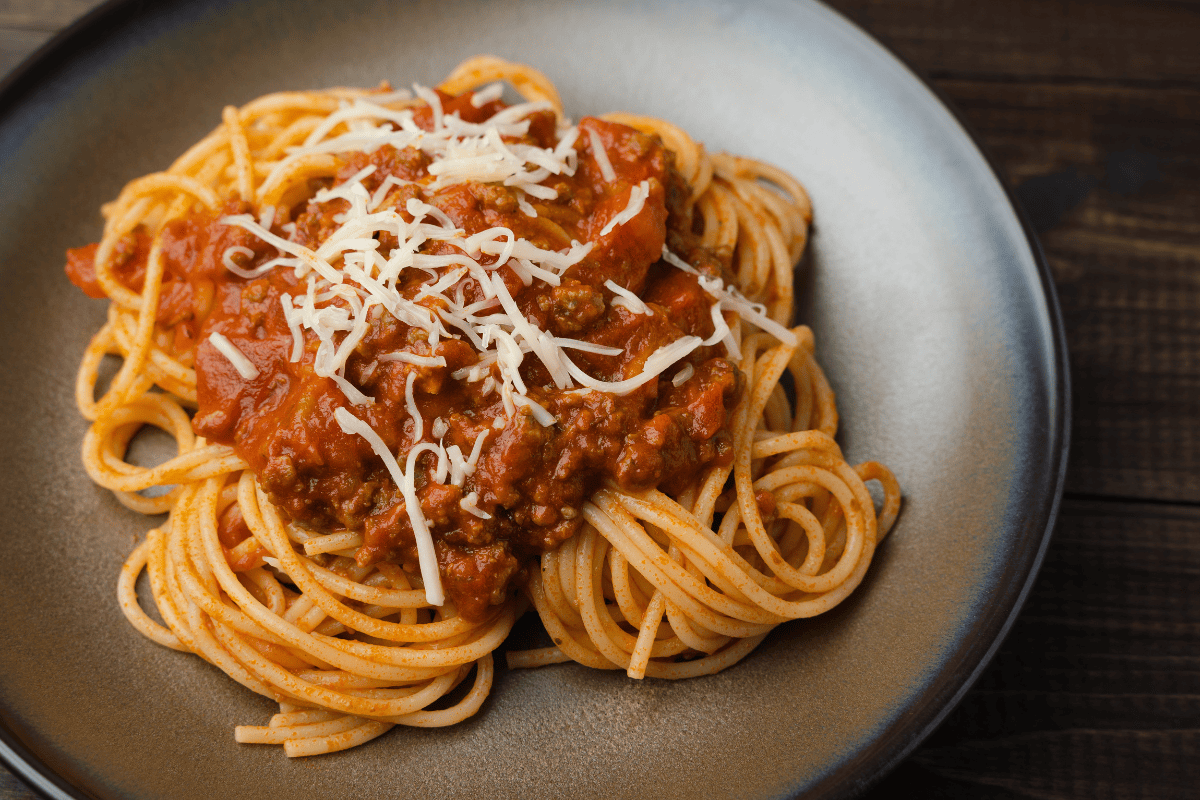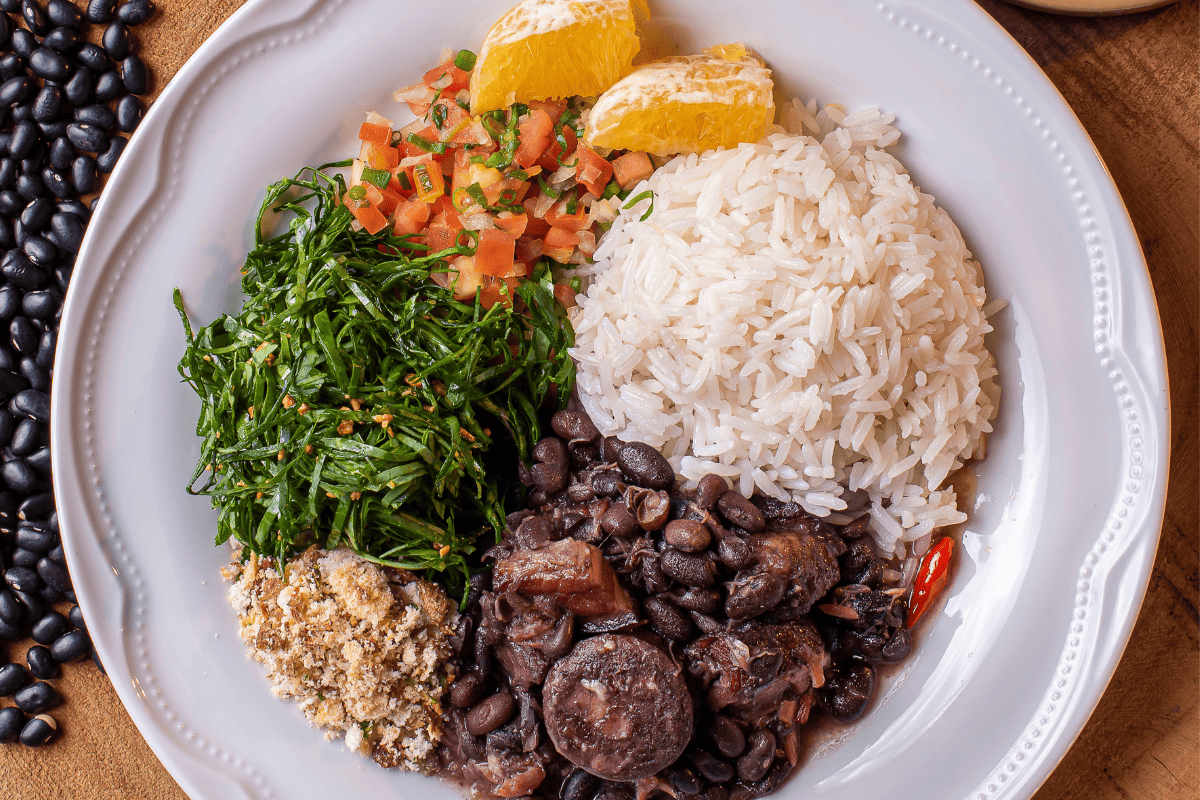With the cooler months approaching in the US, we are getting more excited for comfort food. Today’s recipe is a perfect weeknight meal to fight the chill and feed the soul (and belly). Black eyed peas with rice is simple and so filling it is easily a standalone dish, though you can certainly use it as a side as well. Even better: it’s a one pot meal, so cleanup is a breeze.
Baiao de Dois Meaning
Baiao de Dois does not actually translate to “black eyed peas and rice.” The baiao is actually a style of music thought to have originated among the Amerindian tribes of Northeastern Brazil. It is characterized by a signature duple meter rhythm, accomplished with the steady beat of a zambia (bass drum). Over time, the addition of instruments reflects the influence of other cultures arriving in Brazil: atabaque drums from Africa, and an accordion from Europe, for example.
The baiao is also a reference to a dance style that accompanies the music. It was popularized in the 1940s by Luiz Gonzaga, whose efforts to bring the style to the masses included a hit called “Baiao de Dois” (dance for two).
Over time, the special dish of black eyed peas and rice became affectionately known as “Dance for Two,” or baião de dois. A hearty, flavorful blend of slow-simmered black eyed peas with fluffy rice is, indeed, a perfect combination that dances on the tongue.
Fresh vs Canned Black Eyed Peas
Baiao de dois traditionally uses fresh black eyed peas. They can be found in Brazilian markets alongside other fresh legumes, like green peas and edamame. They are not so easily found in the US, however. If you can’t find fresh black eyed peas, we recommend you use frozen, not canned. Canned black eyed peas can have a metallic taste and mushy texture. We want the al dente bite and earthy flavor of the fresh legume for our black eye peas and rice.
Other Ingredients in Black Eyed Peas and Rice
The dance for two that is our black eyed peas and rice does involve a few other players, including meat and aromatics. Original recipes often used carne seca, but modern recipes often substitute bacon. Another great thing about this dish is that it is customizable: you can add what you have on hand, or omit something you don’t like. In Brazil, the dish is often served on special occasions, and every family has their own spin.
One of our preferred substitutions is collards or kale in place of the traditional cilantro. Just be sure to add the greens a little sooner than you would the cilantro to let the leaves tenderize enough.
What Kind of Rice for Baiao de Dois?
You can use any kind of rice you like for this recipe. Brazilians typically favor long-grain rice, since it has less starch and therefore a less glutinous, or sticky, texture. But again, you can use what you have. If you want less starch on a short grain variety, just rinse it a few times with cold water.
Brazilian Black Eyed Peas and Rice Recipe (Baiao de Dois)
Ingredients:
1 small yellow onion, diced
3 cloves garlic, minced
Six strips of bacon
½ cup fresh cilantro, chopped
1 lb (16 oz) fresh or frozen black-eyed peas
10 oz rice
2 cups water
1 cup stock (chicken or vegetable)
1 cup mozzarella cheese
2 tsp salt (more to taste)
Freshly ground black pepper
Directions:
- Cook the bacon in a large saucepan until crisp, then remove to a plate with paper towels to drain excess grease. Crumble or roughly chop into bite-sized pieces with a sharp knife.
- Drain all but a tablespoon of bacon grease from the pan and return it to the heat of medium. Add in a drizzle of extra virgin olive oil, then toss in your diced onions.
- When the onions have softened (1-2 minutes), add in the minced garlic and cook for a further 30 seconds.
- Add in the black eyed peas, crumbled bacon, salt, black pepper, and 2 cups of water. Bring to a boil, then reduce the heat to medium-low and simmer. Cover the pot and cook for 30 minutes.
- After thirty minutes, check to see if the peas are tender. If they are ready, stir in the 1 cup of stock and the rice. Bring the mixture to a boil once more, then reduce to medium low. Cover, and cook for another twenty minutes, or until the rice is tender. If you need, you can add more liquid (stock or water) to the rice during the cooking process.
- Taste for salt and add more if needed.
- Finally, stir in the mozzarella cheese and fresh cilantro. Top your black eyed peas and rice with a little more cheese and herbs, if you like.
Enjoy!
More Great Brazilian Recipes to Try:

